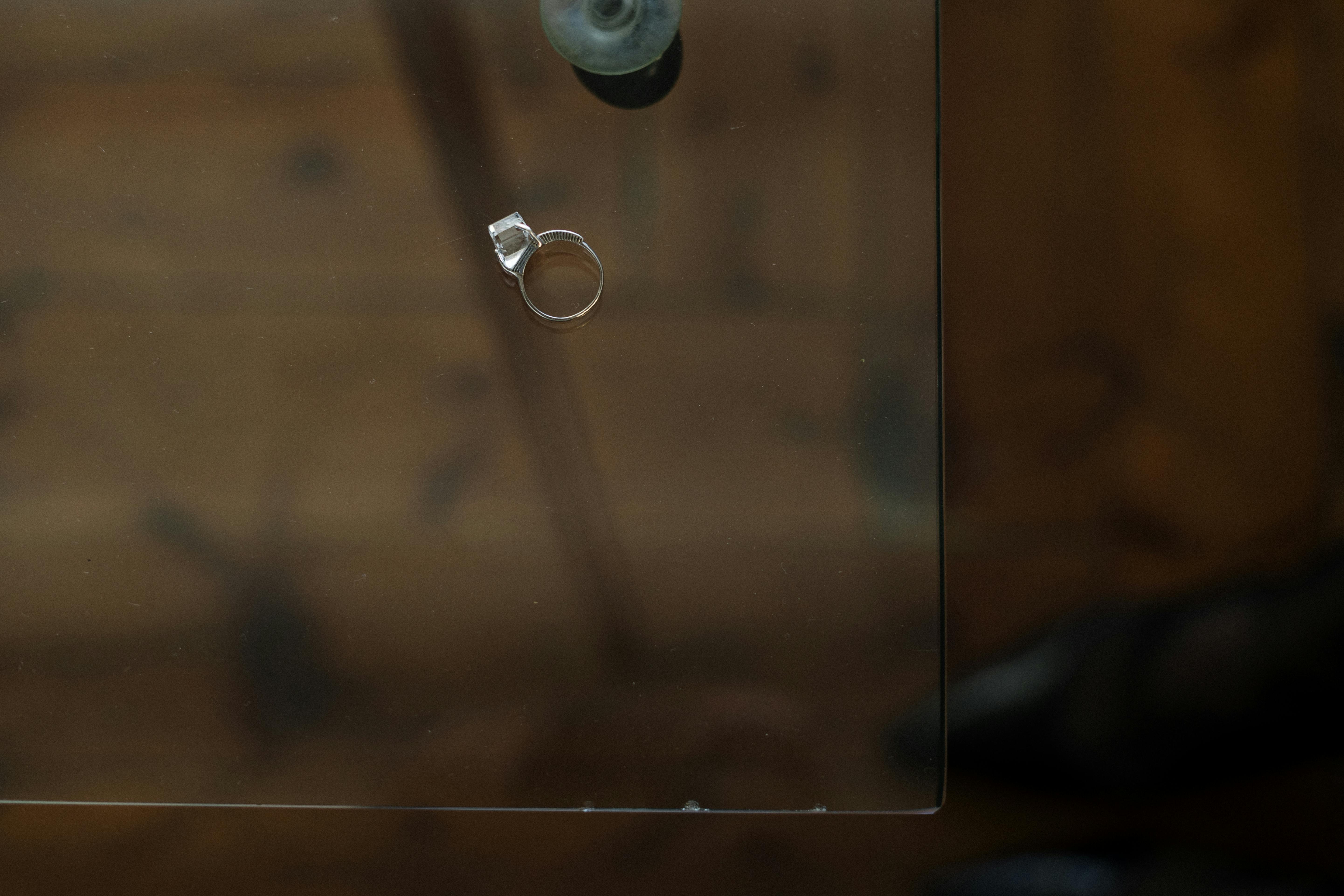
Every heel height is fabulous, from comfortable flats to alluring stilettos, but which one is for you? The easiest answer to this question depends on the original structure of your feet. Some women are naturally high-heeled, so high-heeled shoes conform to the natural curve of your feet, while flats can be a bit uncomfortable for you. While some women are vice versa, they don’t necessarily have flat feet, but have a lower heel, so high heels for them can be uncomfortable but not impossible to wear. To find the perfect heel height for you, we have the following test:
heel height test
Sit
Raise one leg in the air, leg straight at your knee. Keep this foot flat!
Now measure the length from the knee to the heel.
Now relax the foot and again measure the distance from the knee to the heel.
The numerical distance is your ideal heel height!
Chances are your favorite pair of Pumps will match the height (mine does!). He just hints that your body generally knows what’s best for you and lets you know. Now if you choose to ignore your body, there are repercussions.
Remember when you went out last week and you wore your sexiest pair of shoes all night and you took them off and you could barely walk flat. That’s a “DING DING!” You wore those shoes for a long time and if you continue you will have permanent effects.
TO BE CLEAR: Most of the damage that comes from wearing heels results from long-term, consistent use of high heels. Sometimes ladies we just have to say no to those gorgeous heels and break out the not-so-sexy flats. You can always dazzle them!
Long-lasting effects are most likely to show up on the knees, back, and of course the feet. Shoes two inches or more force the body forward, making walking a chore. It also forces the foot downward, restricting its ability to flex and absorb the shock of walking on concrete floors with your weight forced into each step. Letting those sensitive areas like your knees and hip joints take the slack, which can aggravate and sometimes even cause arthritis.
Here are some pros and cons with different heel heights:
Floors (1 inch or less)
Pros: They’re comfortable, stylish, and easier on the feet than higher heels.
Cons: Most offer no arch support, and feet often have to work to keep shoes on.
Kitten heels (1.5 to 2 inches)
Pros: They build muscle in the calves, make the legs appear longer, and are easier to walk in than high heels.
Cons: They can cause problems from calluses to back pain. They do not provide the same glamor as high heels.
High heels (2.5 to 4 inches)
Pros: Build muscle in the calves, make the legs appear longer and the body slimmer.
Cons: They can be painful to wear and are sometimes difficult to walk on. They can cause many foot problems, including hammer toes and bunions, and back pain.
Extreme (more than 4 inches)
Pros: Build muscle in the calves, make the legs appear longer and the body slimmer. They also tend to make the rear end more noticeable (although this could also be a con!).
Cons: They put a lot of pressure on your feet, seven times your body weight, plus they are very difficult to walk on and can cause foot problems and back pain.
* 4½”+ heels are acceptable with a lot of caution; anything else is bad for your posture. It forces your bottom half to stick out and overloads your toes and balls with the full force of your weight. These are the kind of heels made for sitting down, and nothing else.
The higher the heel, the greater the impact – some studies have shown that 4″ heels can add up to 30% or more pressure to the forefoot.
Don’t we all want to be a sexy granny one day and those days of reckless youth may come back to haunt us with constant wearing of heels? Prolonged use can also cause restricted circulation in the lower legs, which can eventually lead to the dreaded spider vein. That’s not a sexy lady! I know you ladies love to create that gait that makes boys stop and men stare, but it can create an unnatural sway in your spine, producing lumbar strain that can lead to lower back pain. Heels not only have to be the right height but also the right position: not too far back, but just below the center of the heel so that they support your weight properly, following the natural line of your body.
But with anything, moderation is key. Taking breaks from constant heel wear or simply varying your heel height can easily make you the exception to the rule.
Women, listen to your body, especially your feet! They protect you from so much. Stretching after those fun nights in can do your body a lot of good, not just your feet. Yoga is a great way to add focus to your spirit and it also stretches your muscles and relieves tension. Yoga poses like high and low lunges and forward bends to stretch your calf muscles, hip flexors, and hamstrings. Core work can also help stretch shortened muscles in the back and tone overstretched muscles in the abdomen.
When you’re done wearing your heels, spend a few minutes giving yourself a foot massage. Work your ankles in different directions and massage the arches. This will help loosen any muscles that have been strained or sprained from wearing heels.
Just like the alcohol slogan says: “Always wear heels responsibly!”